BYD presents electric double-decker bus with Blade battery
BYD presented the BD11 in London, where it is also expected to find its highest degree of popularity. The reason for the location choice is simple: the 10.9 metre-long electric bus was specially designed for London’s public transport system. The BD11 will celebrate its official market launch there before the end of the year, as well.
Another variant of the BD11 is expected to be released soon, which is to be designed for use in rural areas, in contrast to the urban density of London. BYD has not revealed what the actual differences between the models will be, however, the Chinese manufacturer announced that the rural model may also hit markets outside of the UK. Generally, BYD follows a solo-bus approach to their market offerings in the rest of Europe.
The BD11’s dimensions are listed as 10.9 x 2.55 x 4.3 metres with a 5.44-metre wheelbase and 19.5 tonnes of total permissible weight. The blade battery holds 532 kWh for the electric double-decker, both of which were developed in-house. The name for the battery comes from the shape of the prismatic cells, which are particularly long and resemble a blade. The LFP battery is produced both as a cell-to-pack variant, as well as a cell-to-body approach. Previously, BYD had mostly used the battery in its personal cars.
In the electric double-decker, BYD has opted for the cell-to-body variant of the batteries, which allowed the manufacturer to save around 10 per cent of the vehicle’s weight, as well as increase stability on the tall vehicle. It can charge with p to 500 kW via a pantograph charger, as well as a ‘dual-gun’ charging approach, where the vehicle is plugged into two cable charging stations. BYD states that under ideal conditions, the charging process from 0-100 per cent takes about two hours.
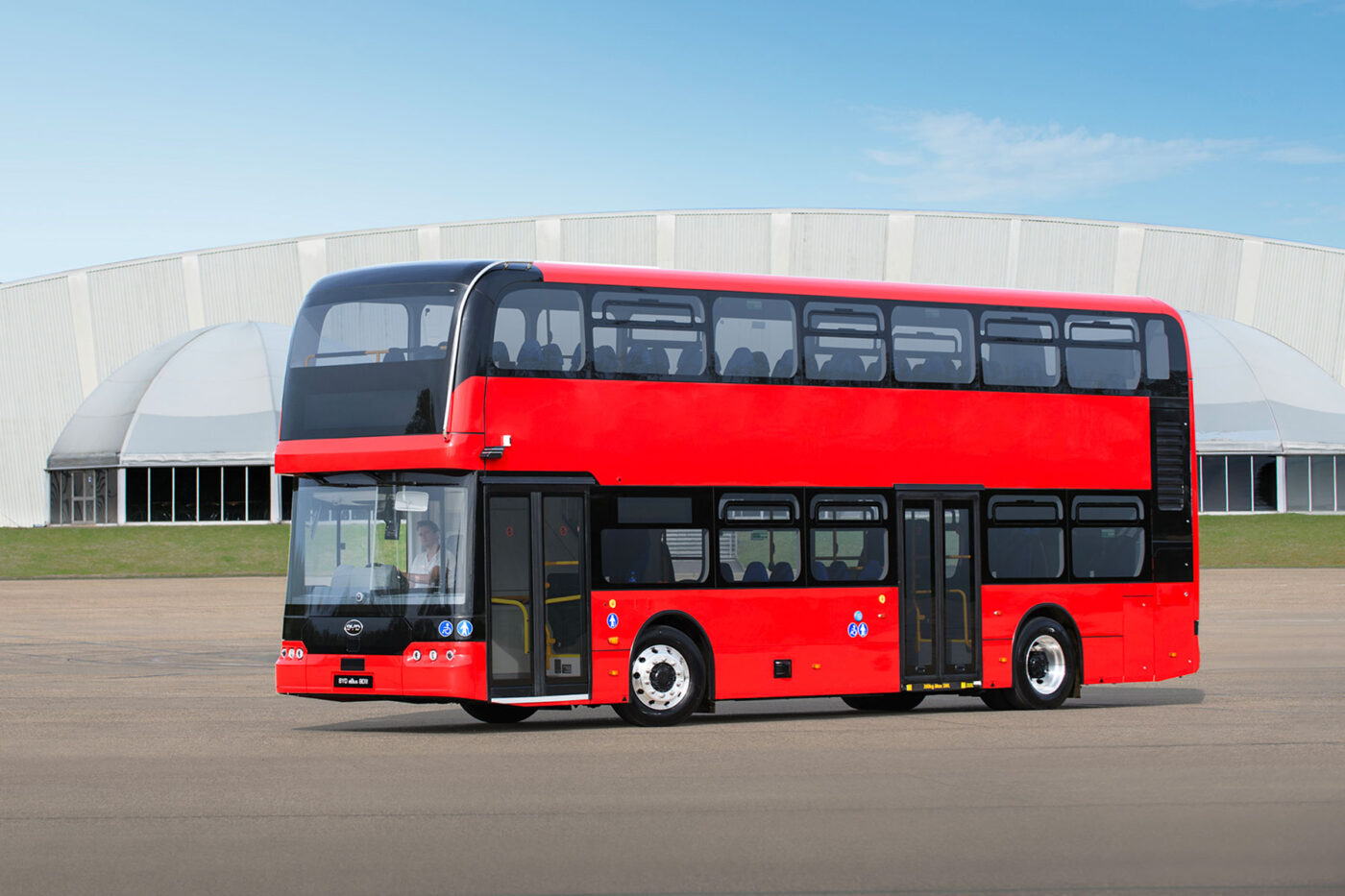
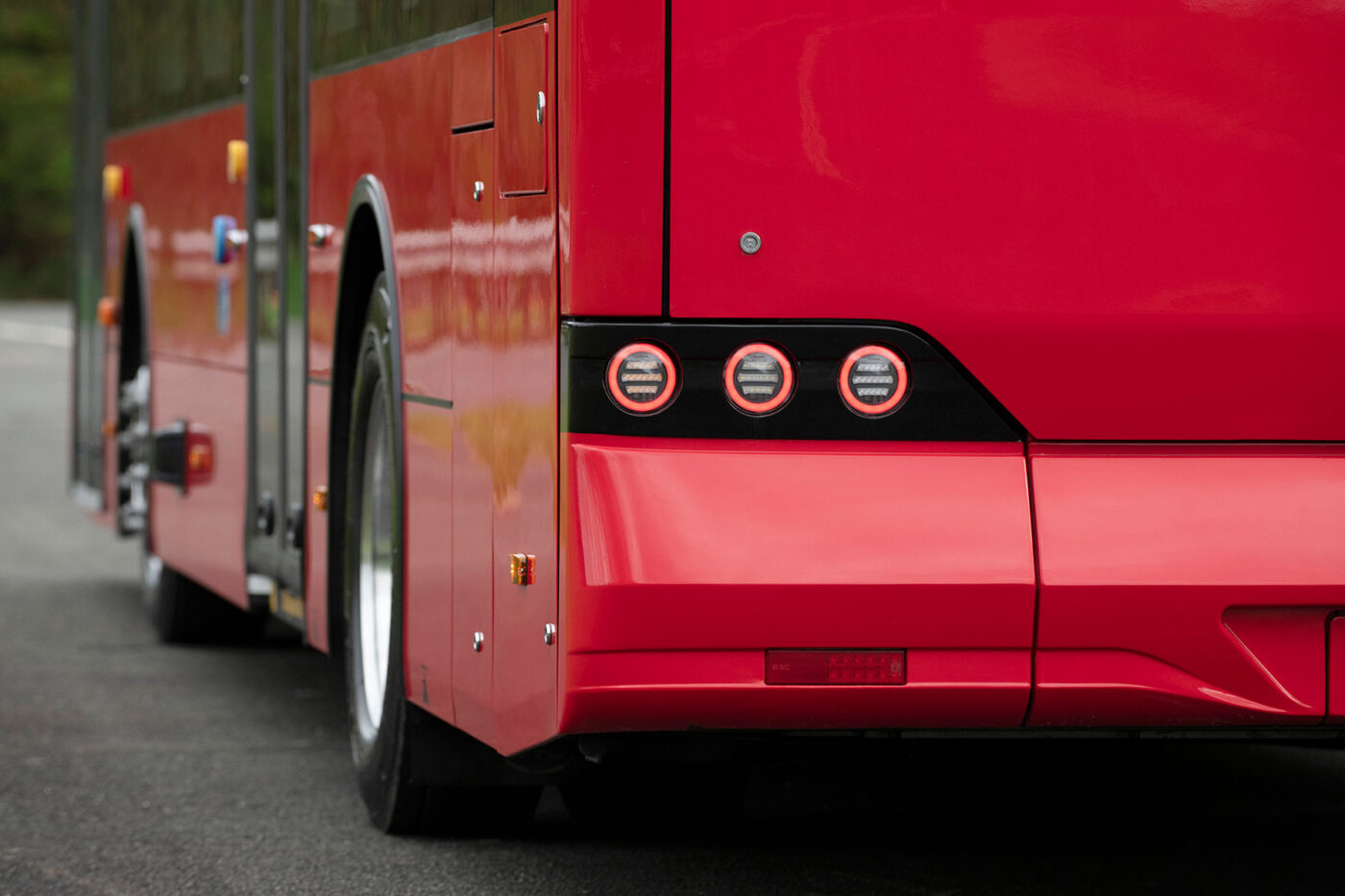
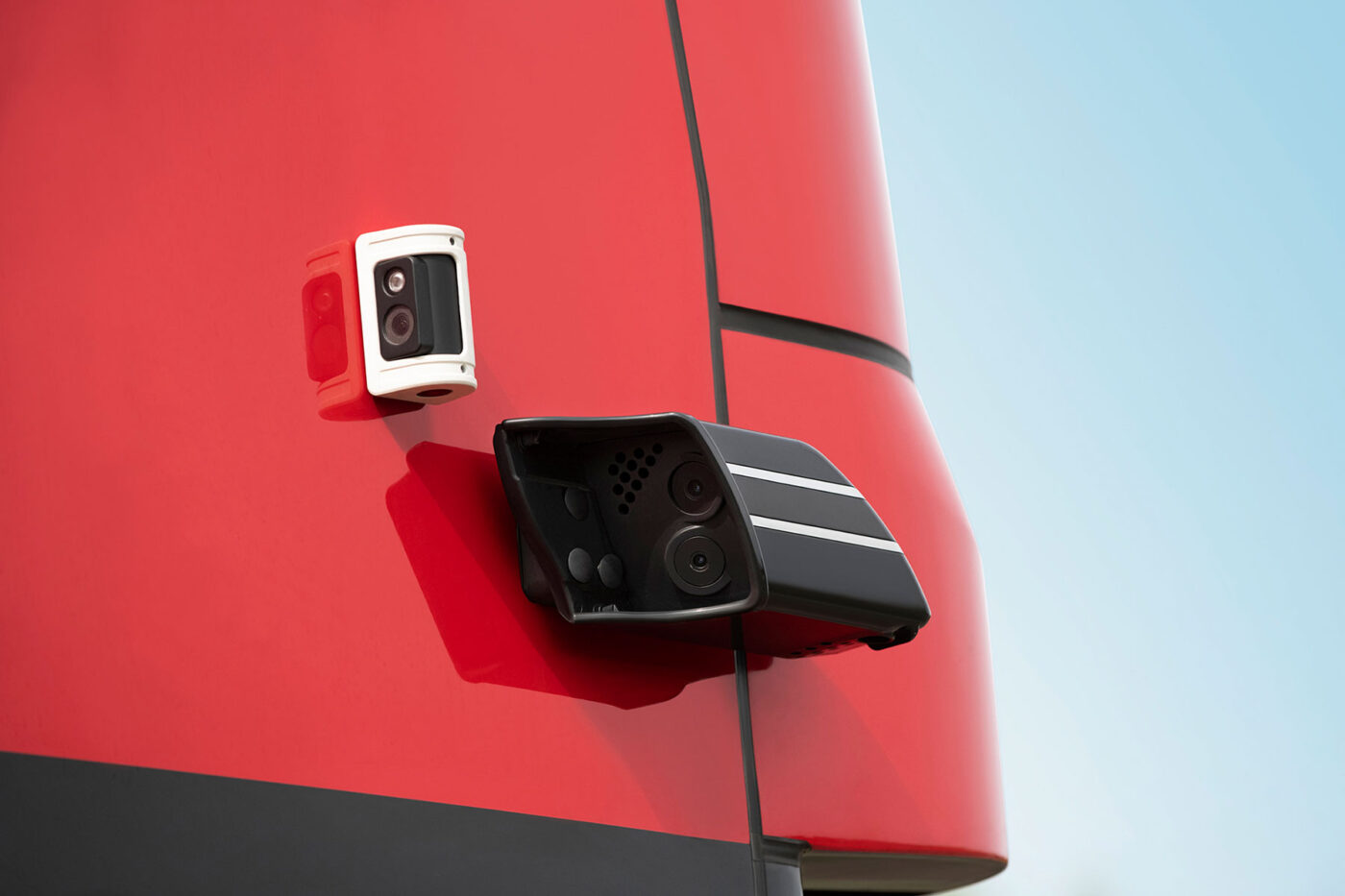
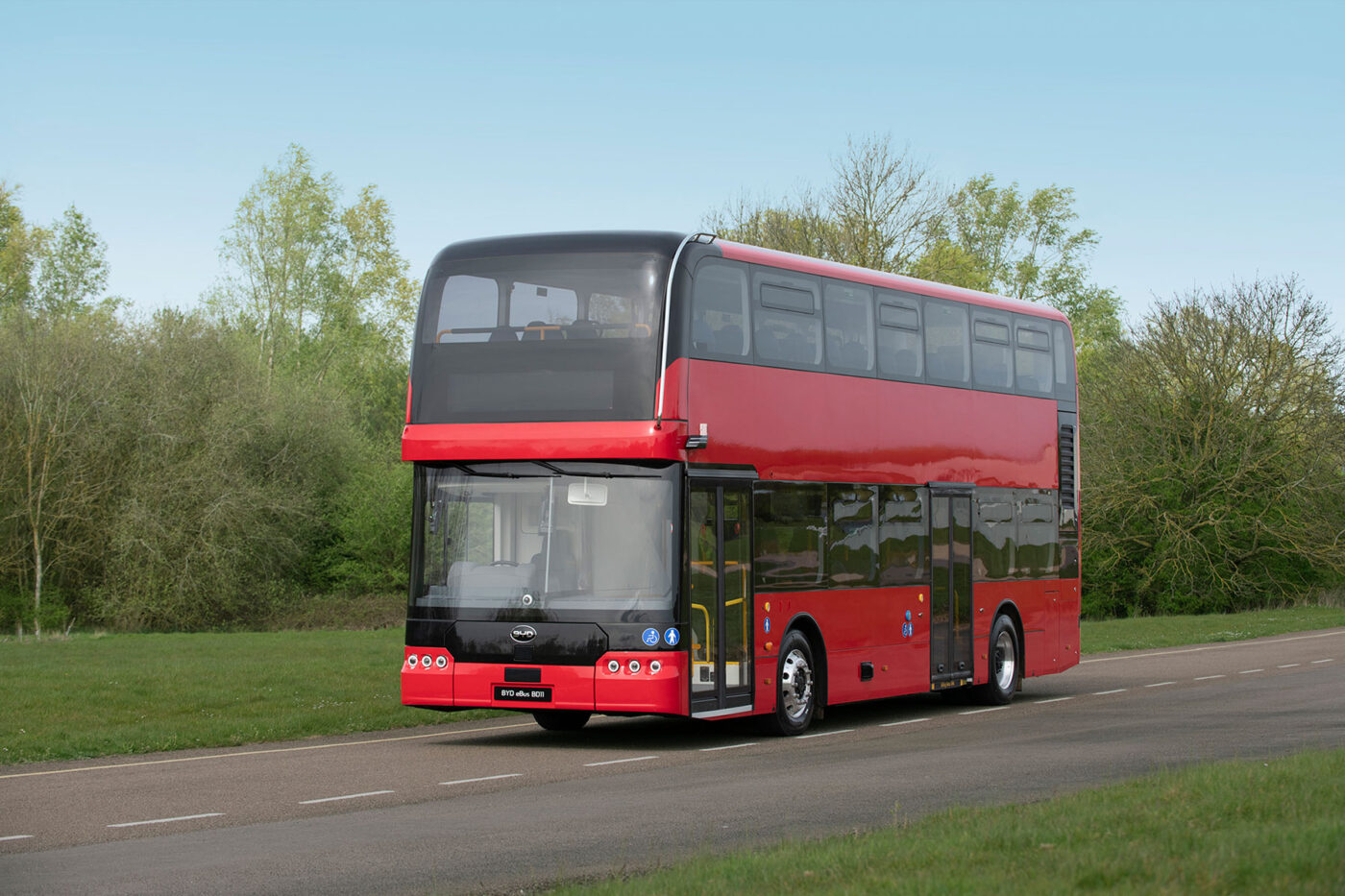
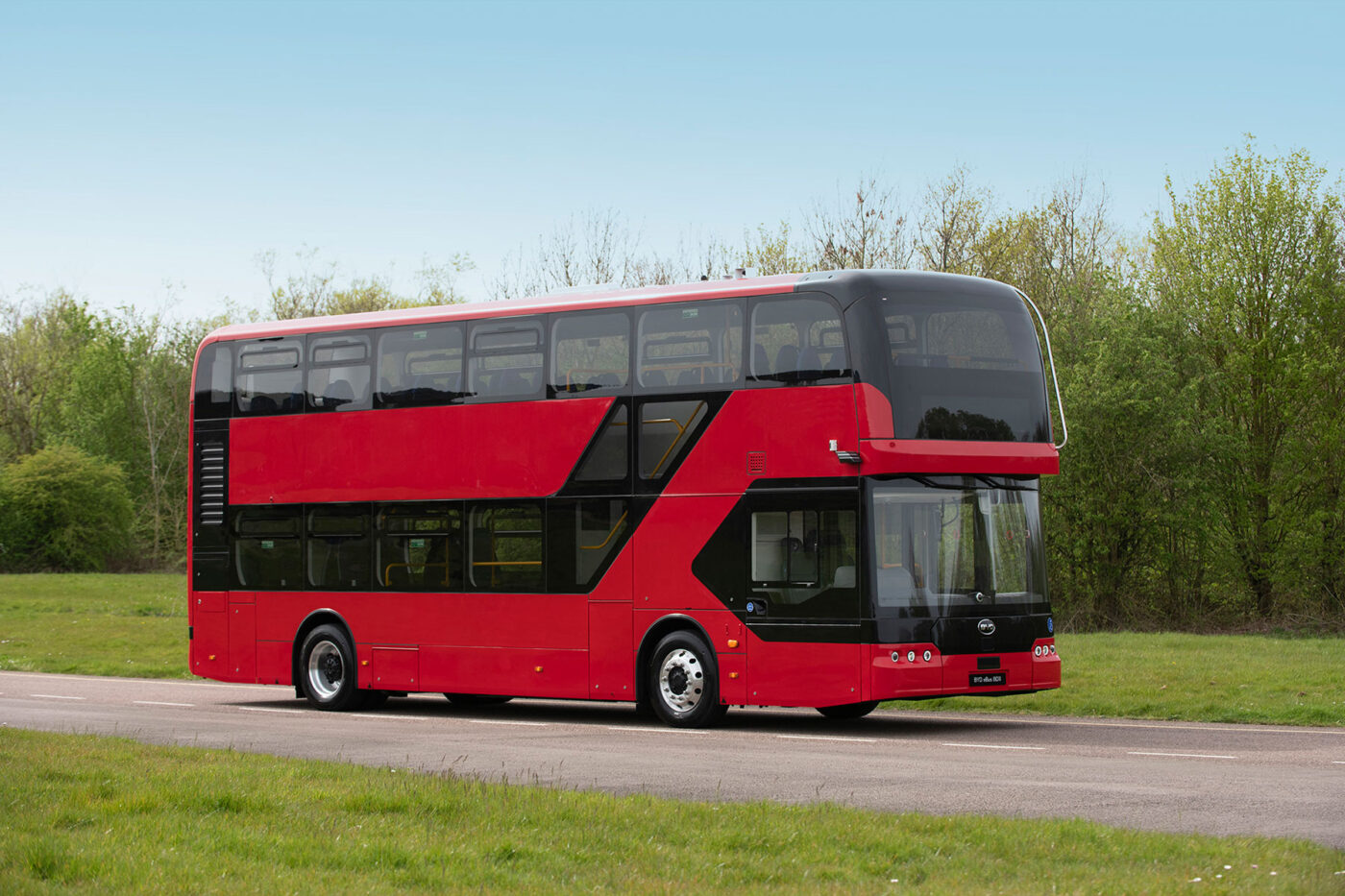
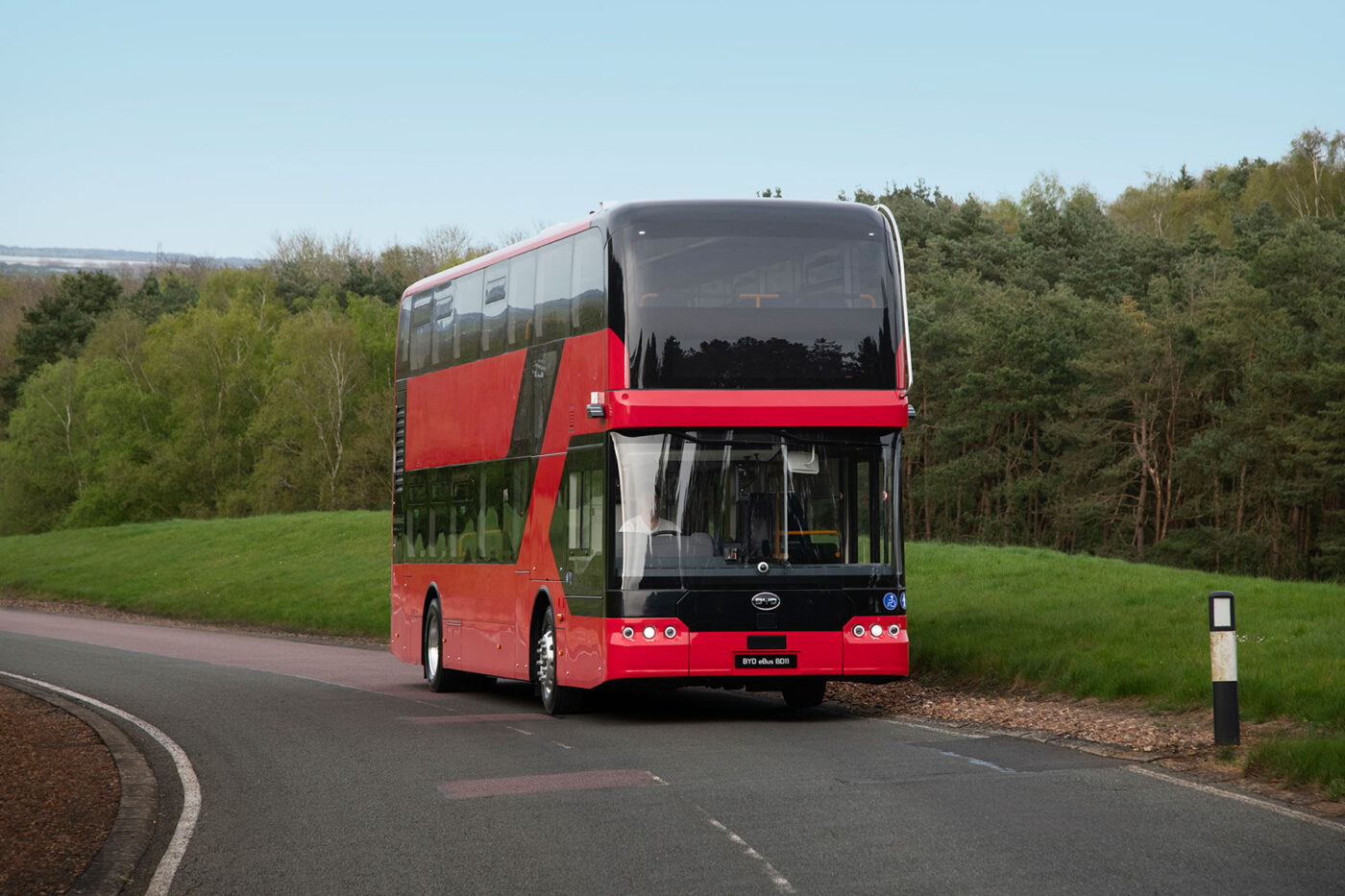
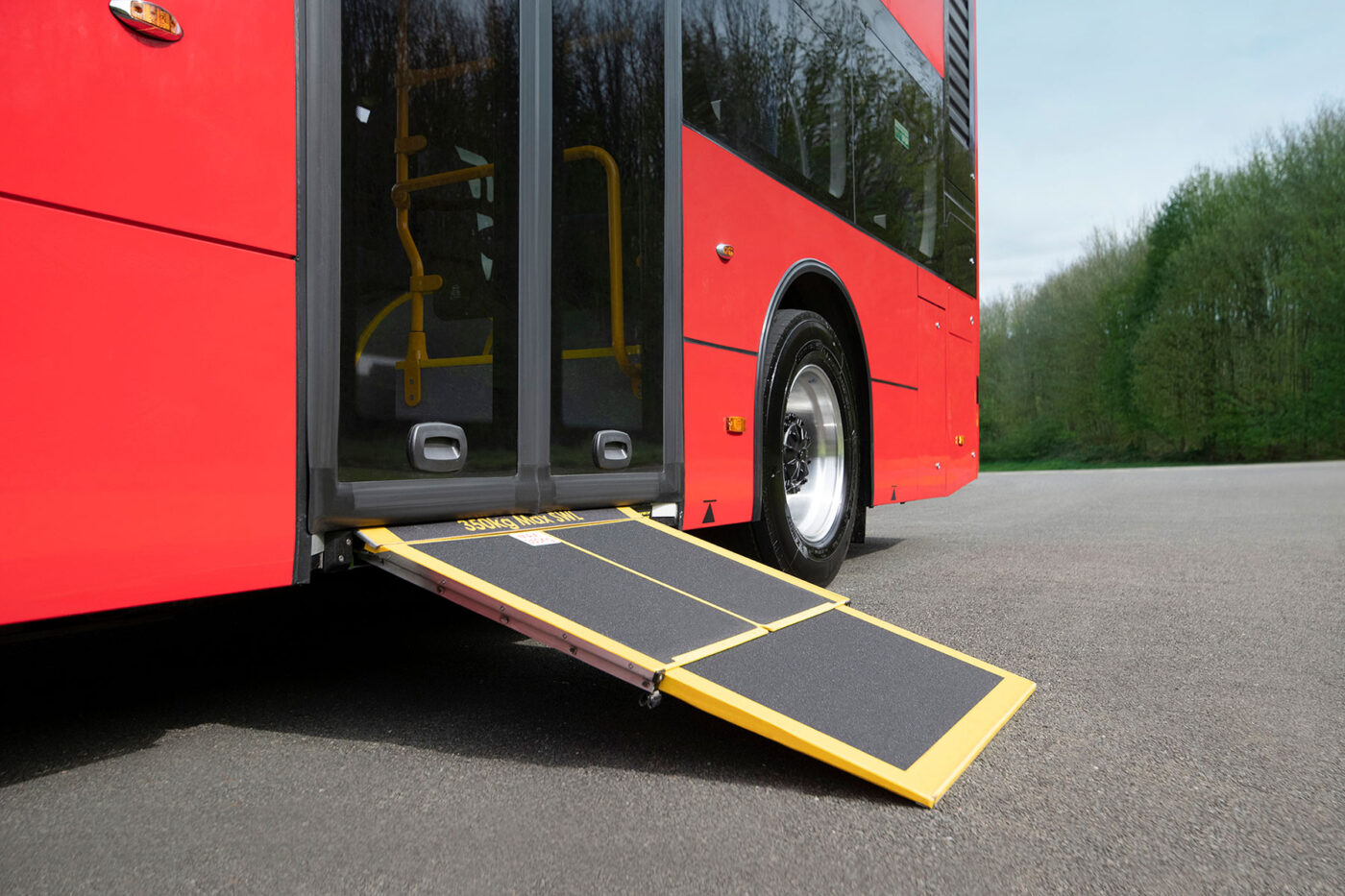
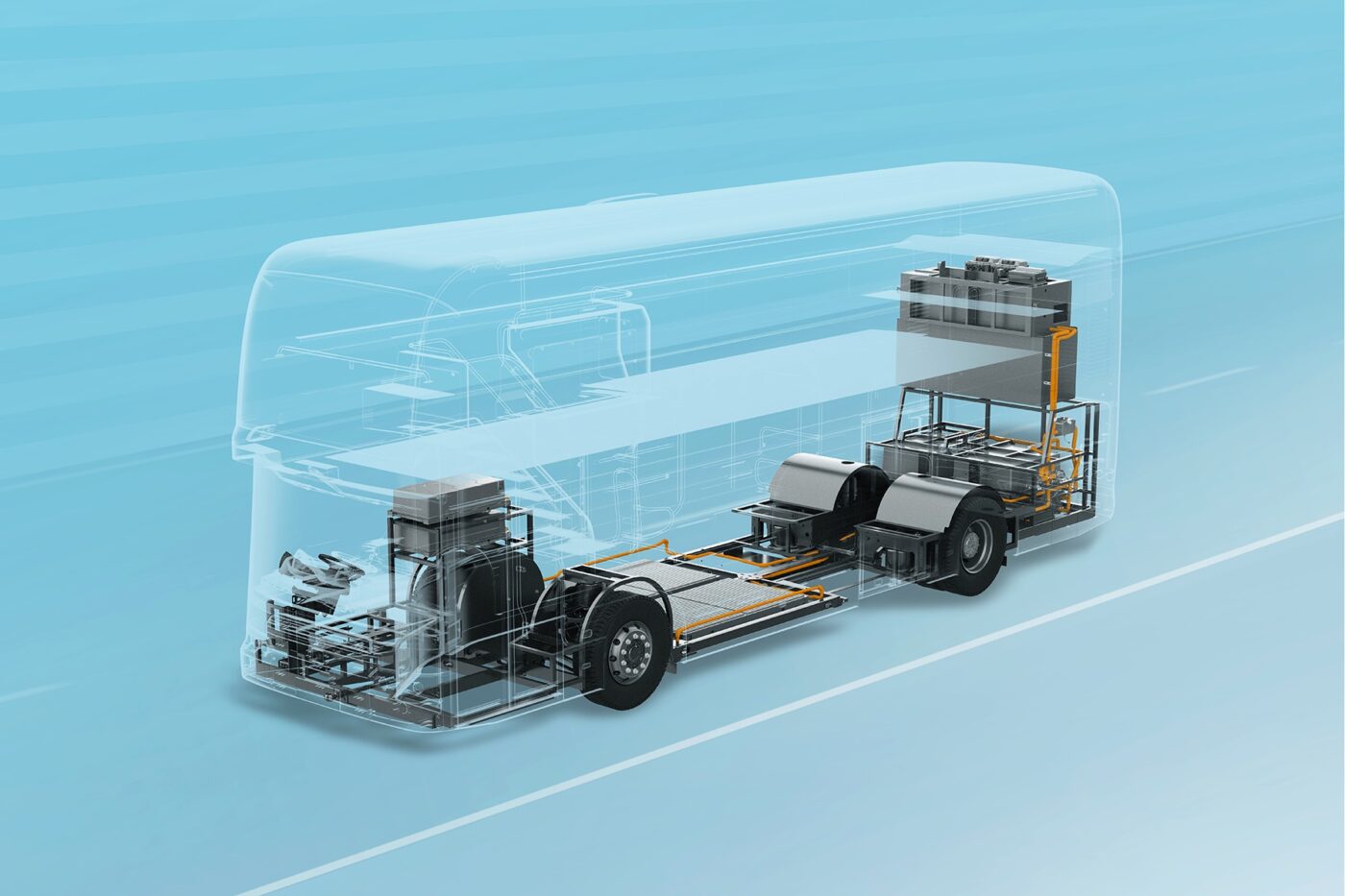
The main innovation for the new vehicle is the integration of the blade battery into an entirely new vehicle category. Next to the above-mentioned stability and weight-savings, the integration also allows for higher manoeuvrability as well as more space on the inside of the bus, which can transport up to 90 passengers.
For the drive system, the Chinese company opted for two wheel-hub motor systems with 150 kW each, providing a total of 600 Nm torque. The drive system is thus comprised of two 6-in-1 systems with SiC technology, which BYD lauds as being both flexible as well as reliable. For maintenance, this also allows the system to be switched out easily without much down-time.
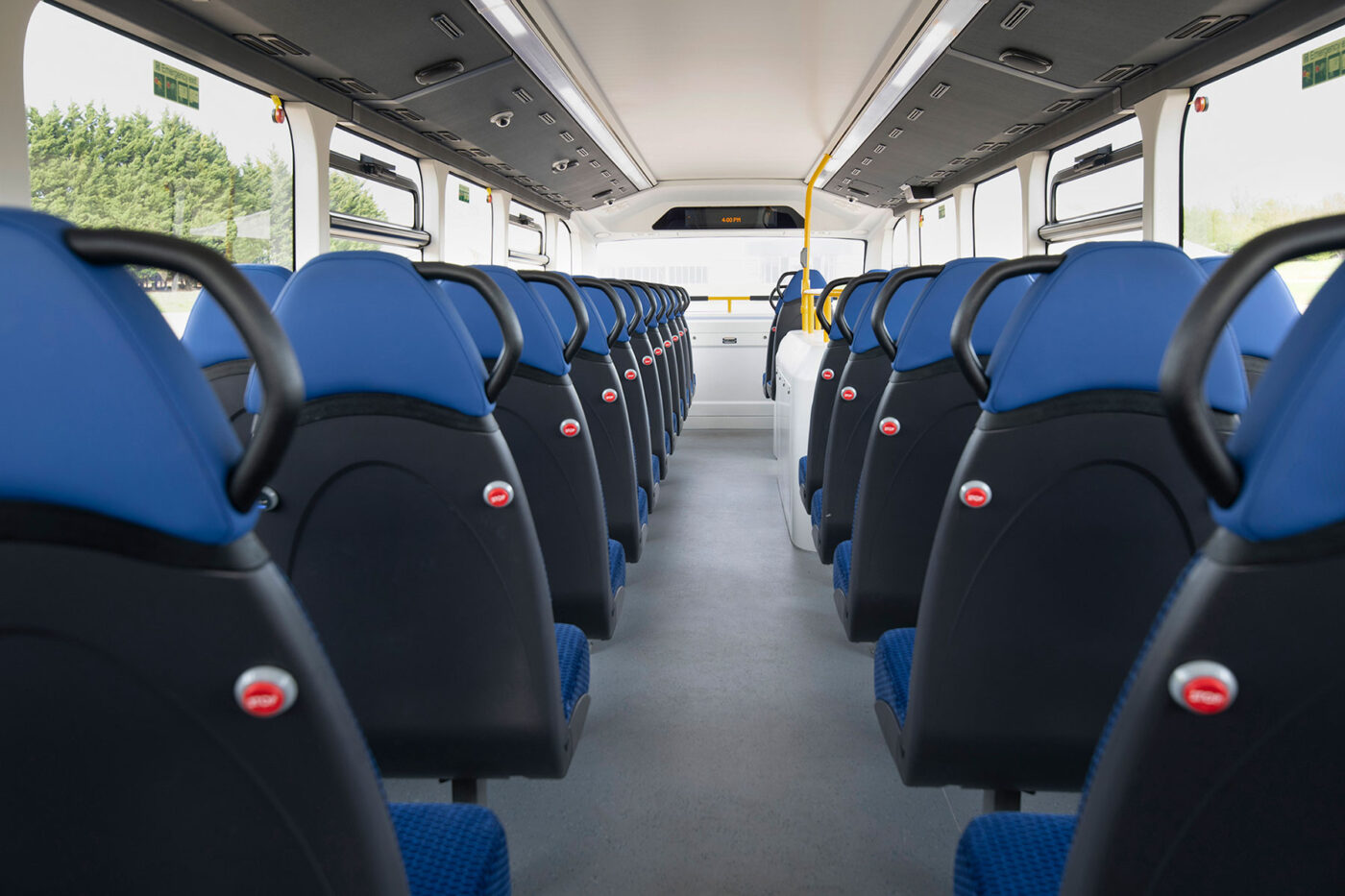
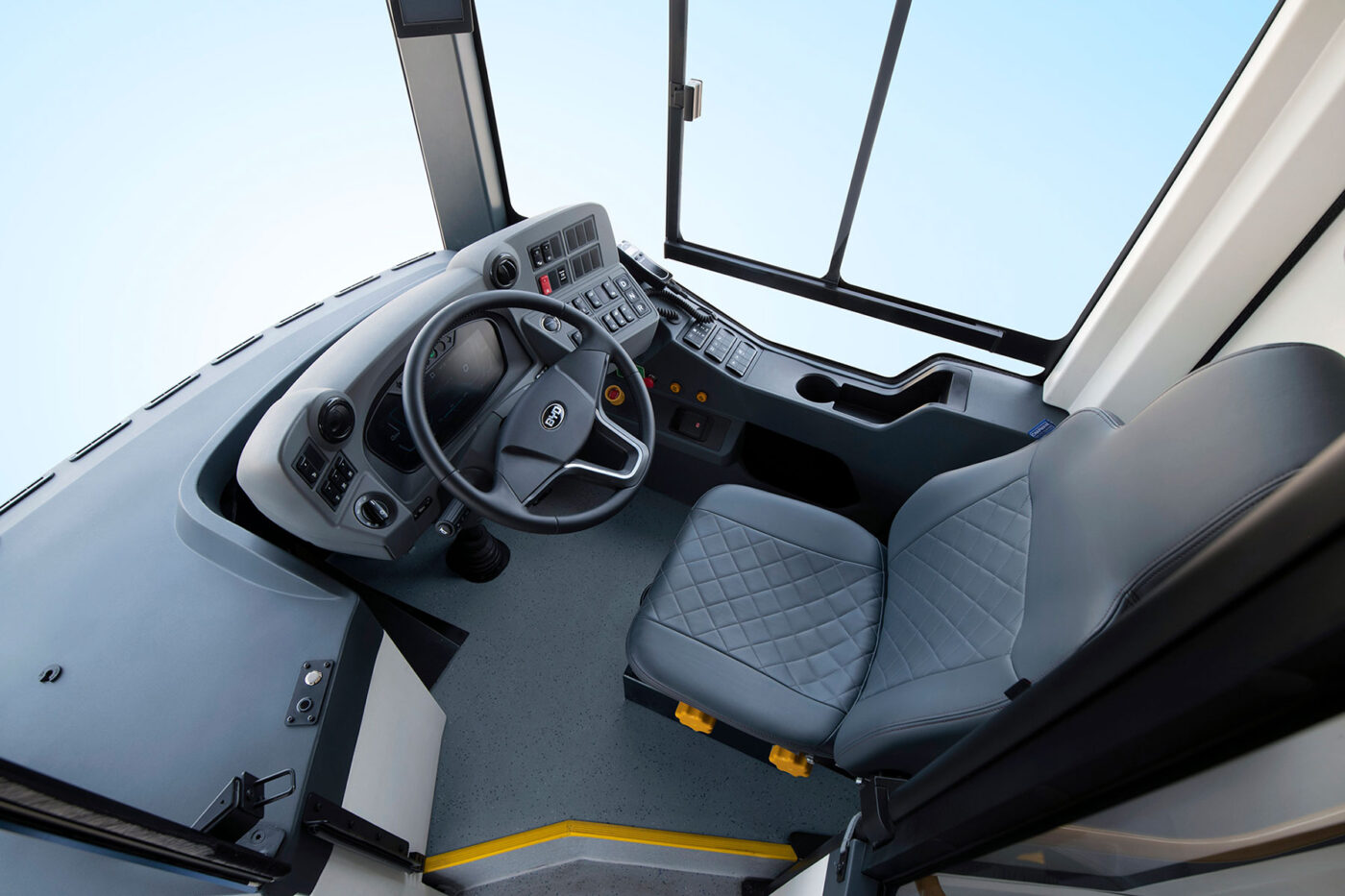
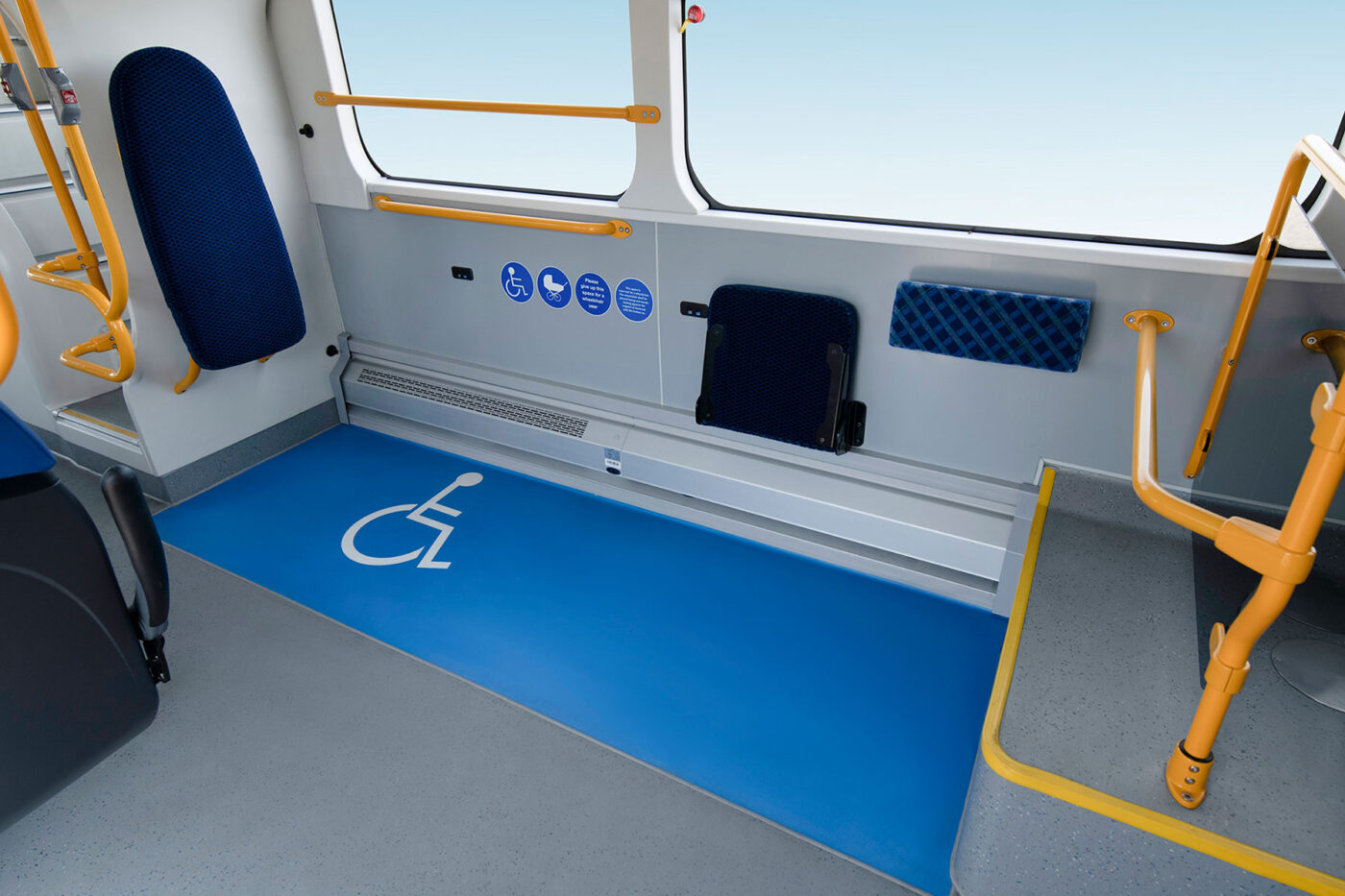
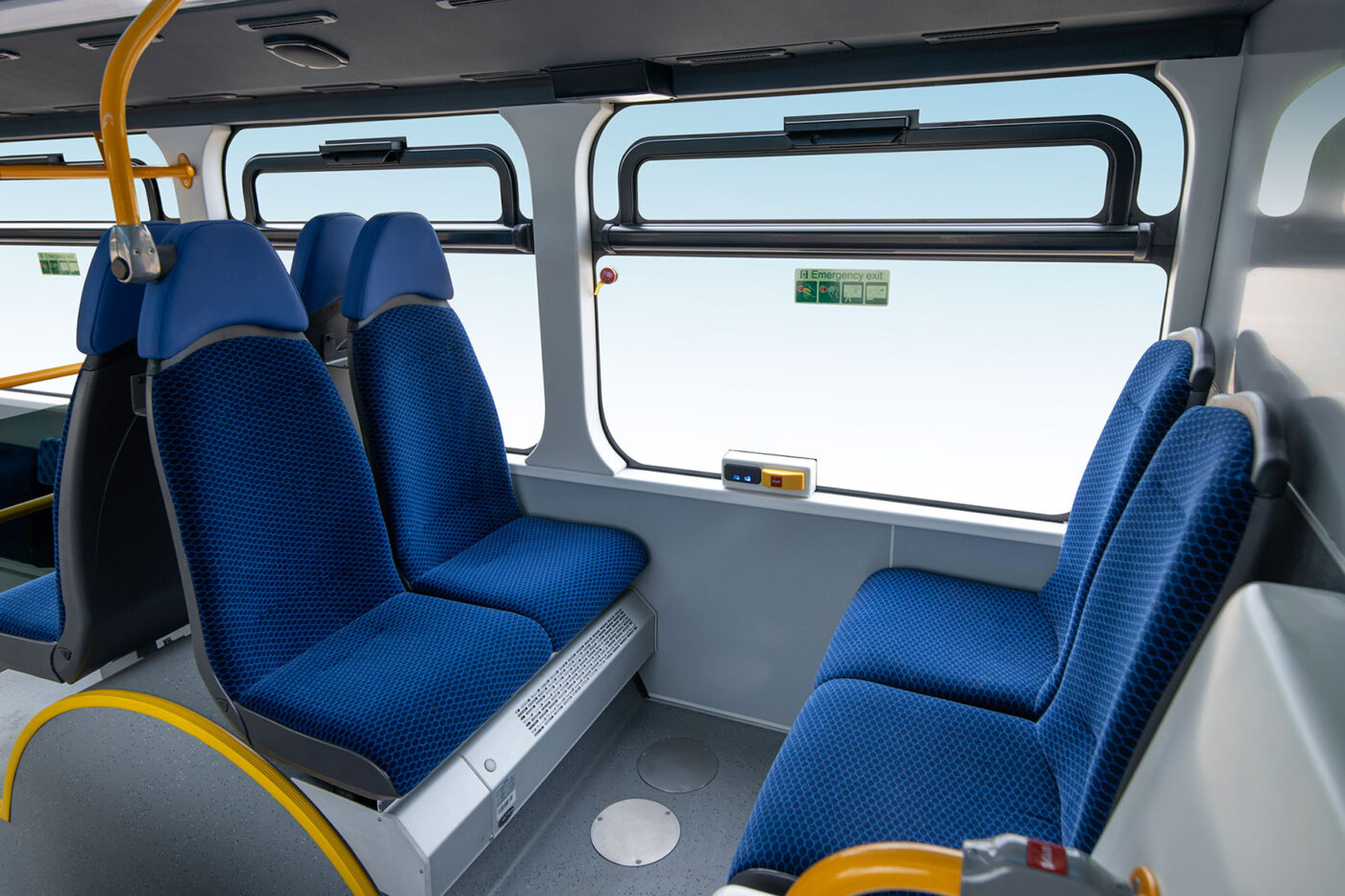
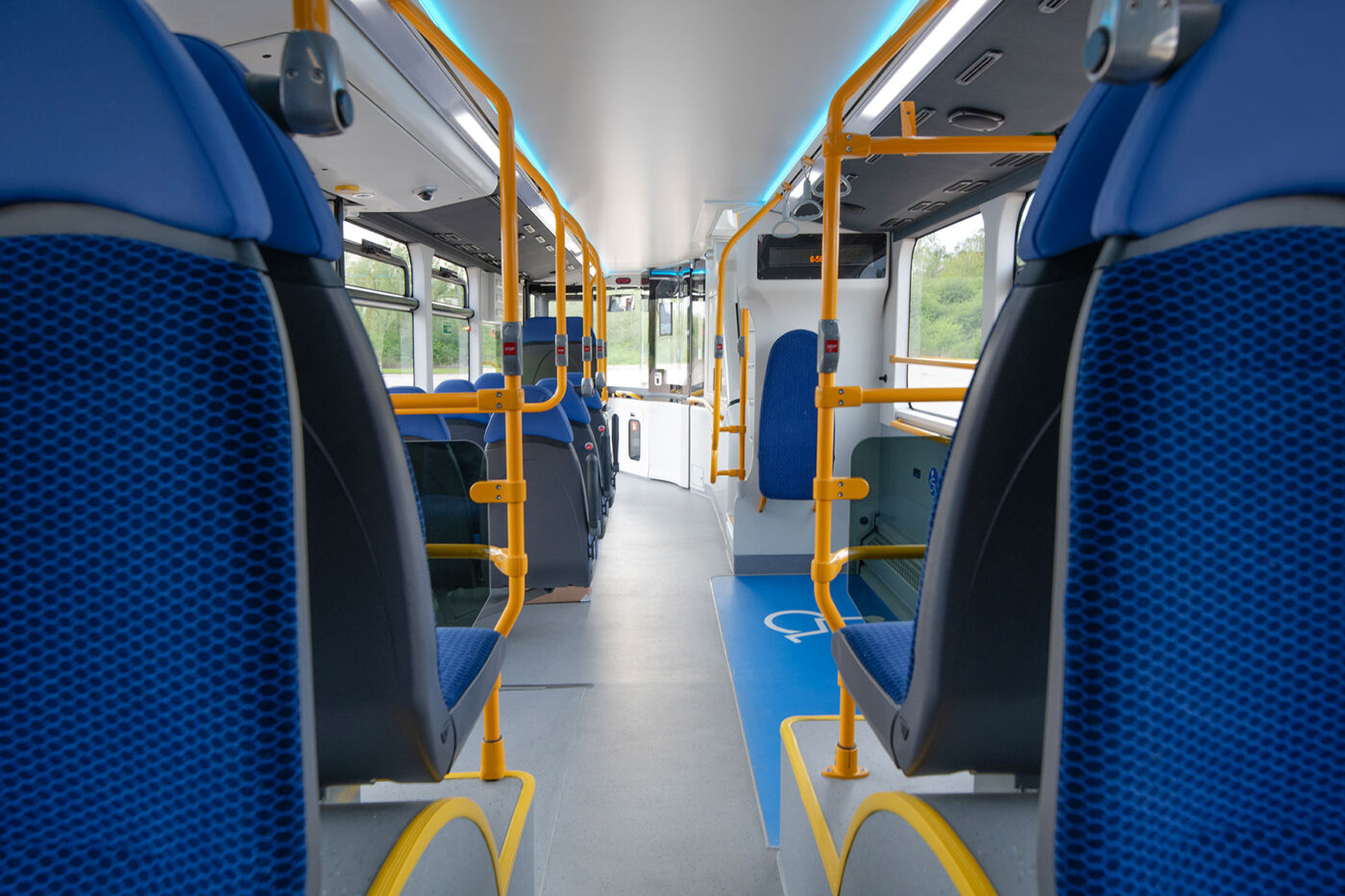
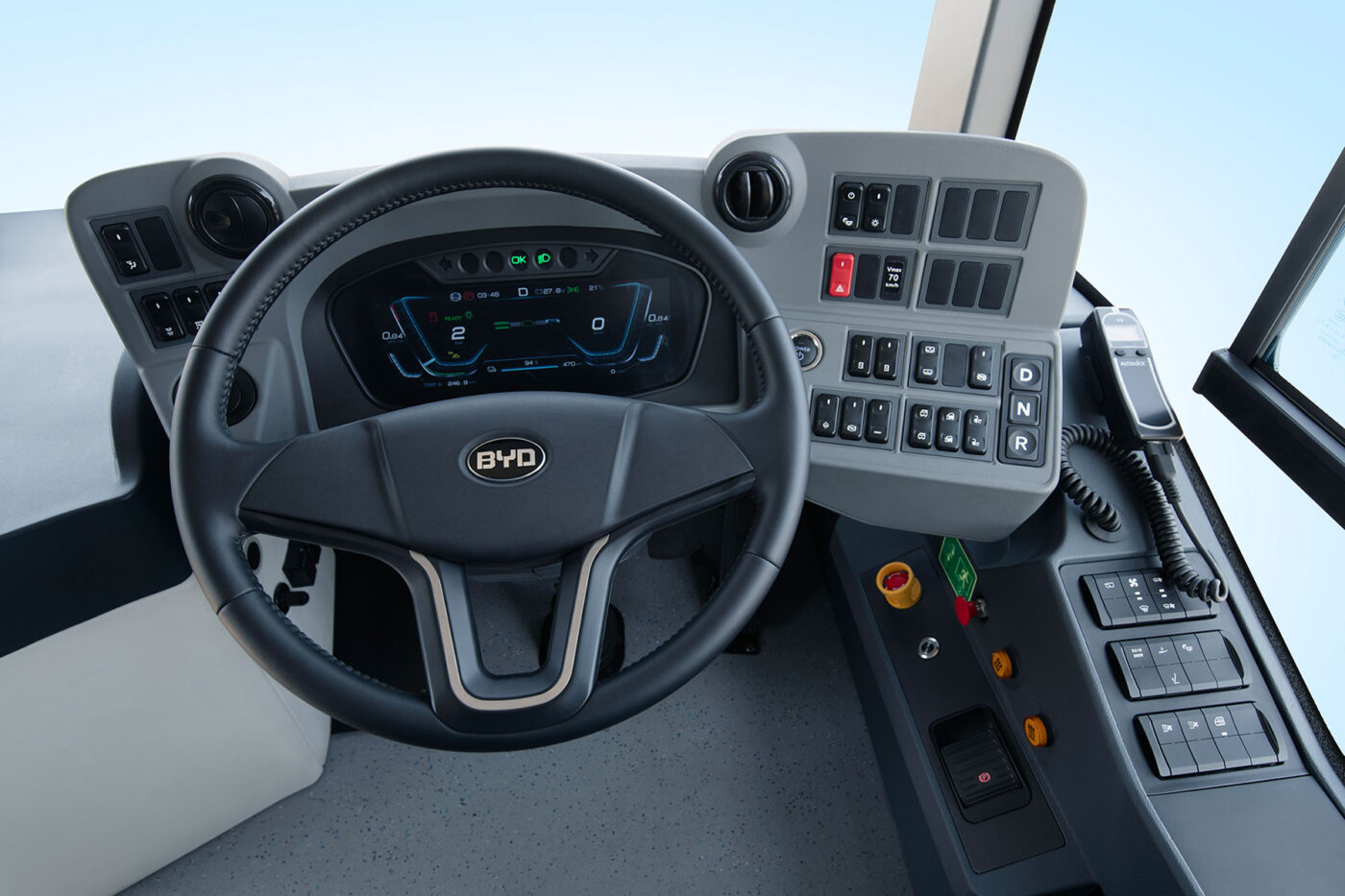
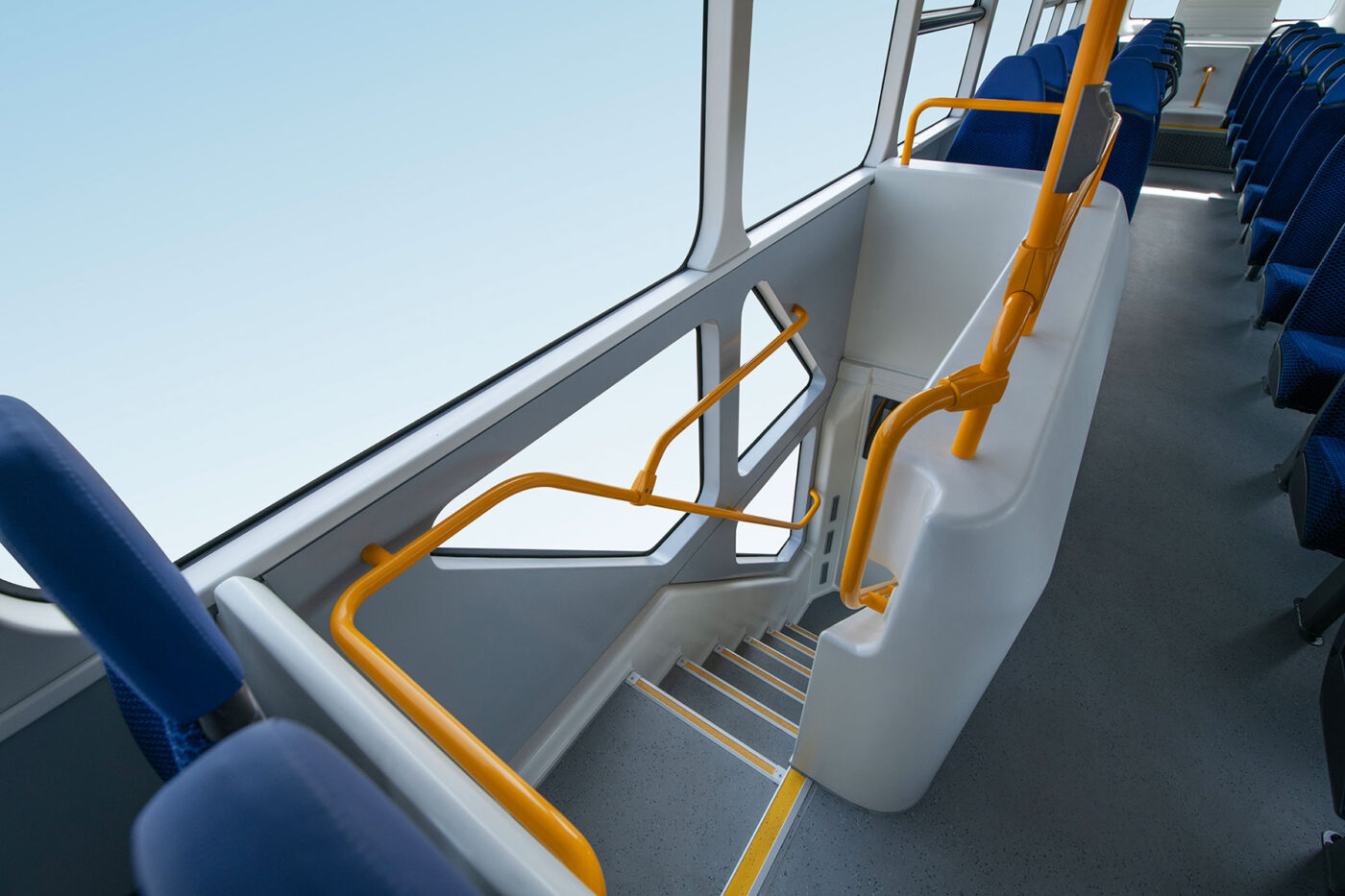
While the blade battery has mostly found use in personal cars, this is not the first instance where BYD is integrating it into a bus, as the Chinese manufacturer also brought a bus model to the Busworld trade show last autumn with the blade battery integrated. The newest generation of the 12-metre solo-bus was presented there with an integrated blade battery. The B12 electric bus also features the same battery and features a total capacity of 500 kWh, as well as the same wheel-hub motors present on the BD11.
BYD was long only represented in the British bus market through its cooperation with Alexander-Dennis (ADL). By 2022, the partners began focusing more on their own vehicle models. As a result, ADL also has its own electric double-decker bus model on the British market, which also runs a 10.3 metre length, but runs on a single central drive system that deliver 410 kW, as well as two NMC battery options of 472 or 354 kWh and can transport up to 96 passengers. To compare, the Enviro400EV, which was introduced by BYD-ADL in 2019 runs off two wheel-hub motors with 150 kW capacity, powered by LFP batteries with either 375 or 382 kWh and a passenger capacity of up to 87 persons.

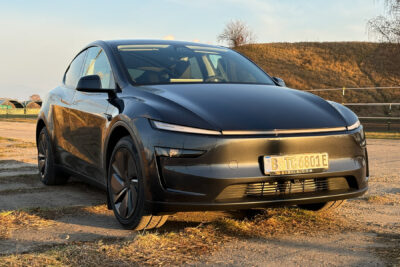
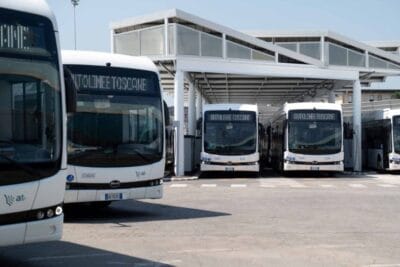
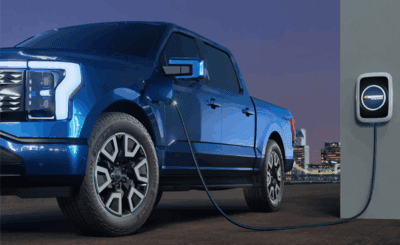
0 Comments